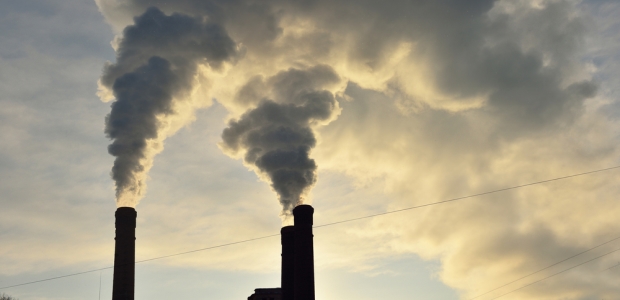
"The key areas of focus for ISO 14064-1 will be accounting for indirect greenhouse gas emissions and the linkage between that and renewable energy, which is a very challenging area," said Tom Baumann, chair of the ISO TC 207/SC7 committee that undertook the revision.
A mining engineer and geologist says it’s time to economically value the greenhouse gas-trapping potential of mine waste and start making money from it.
Scientists from the American Meteorological Society (AMS) and the University of California, Berkley have demonstrated that plants and soils could release large amounts of carbon dioxide as global climate warms.
A research team has discovered that a source of carbon emissions could help scientists understand past and future global change.
No less than one third of a car's fuel consumption is spent in overcoming friction. This friction loss has a direct impact on both fuel consumption and emissions. However, new technology can reduce friction from 10 to 80 percent in various components of a car, according to a joint study by VTT Technical Research Centre of Finland and Argonne National Laboratory in the United States.
A lighter, greener, cheaper, longer-lasting battery. Who wouldn’t want that?
Although the burning of natural gas emits far less carbon dioxide than coal, a new study concludes that a greater reliance on natural gas would fail to significantly slow down climate change. The study appears this week in the Springer journal Climatic Change Letters.
The sobering study fount that Western Europe emits about twice as much HFC-23 as officially reported.
To date, many academics and government officials have argued that putting a price on carbon – most commonly through taxes or emissions trading – is all that is needed to overcome every possible barrier to delivering cost-effective energy efficiency improvements.
Maine yielded $769,092 of the $25.5 million in investment created by the proceeds from the 10-state cap-and-trade collaborative’s 12th auction of carbon credits. That money will be managed by the Efficiency Maine Trust to fund programs to improve energy efficiency, accelerate the deployment of renewable energy technologies, and provide direct assistance to energy consumers.
Two carbon forestry projects have reached verification status against the climate, community and biodiversity (CCB) standards, meaning that the projects have been implemented using best practices for community engagement and have generated benefits for local communities and biodiversity as well as for the climate.
The voluntary carbon market shrugged off policy failures and the closure of the Chicago Climate Exchange in 2010 to post a 34 percent surge in volume to a record 131 million tons of carbon dioxide equivalent (MtCO2e) worth at least $424 million, according to a new report.
Member states are investing proceeds from the RGGI auctions, now more than $860.9 million, in programs to save energy consumers money, create jobs and make businesses more competitive.

March 31 is the deadline for 10-K financial filings, which this year should include climate-related disclosures, based on the Securities and Exchange Commissions' guidance.
The project, slated to commence operation in early summer 2011, will have the initial capacity to generate 42,000 megawatt hours of electricity per year, enough to power 2,800 homes.

State-level leaders are building regional partnerships to accelerate work on the green economy while California recognizes the work in progress through its award program.
Proposition 23, if approved, will halt state regulatory action against greenhouse gas emissions.
The fee structure suggested by two University of California professors covers fixed costs and actual consumption.